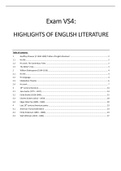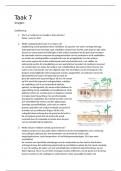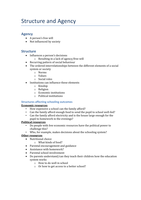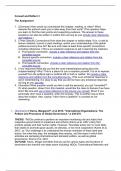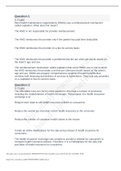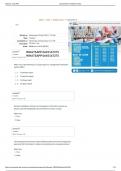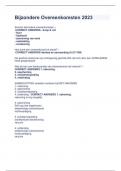Samenvatting
Samenvatting Vakstudie Engels 4 (ENVS4): ENGLISH LITERATURE
- Instelling
- Arteveldehogeschool (Artevelde)
Samenvatting Vakstudie Engels 4 (ENVS4): ENGLISH LITERATURE Dit document bevat: ENGLISH LITERATURE - info van PPT - info lessen - extra links - overzichtelijke weergave van alle leerstof
[Meer zien]
